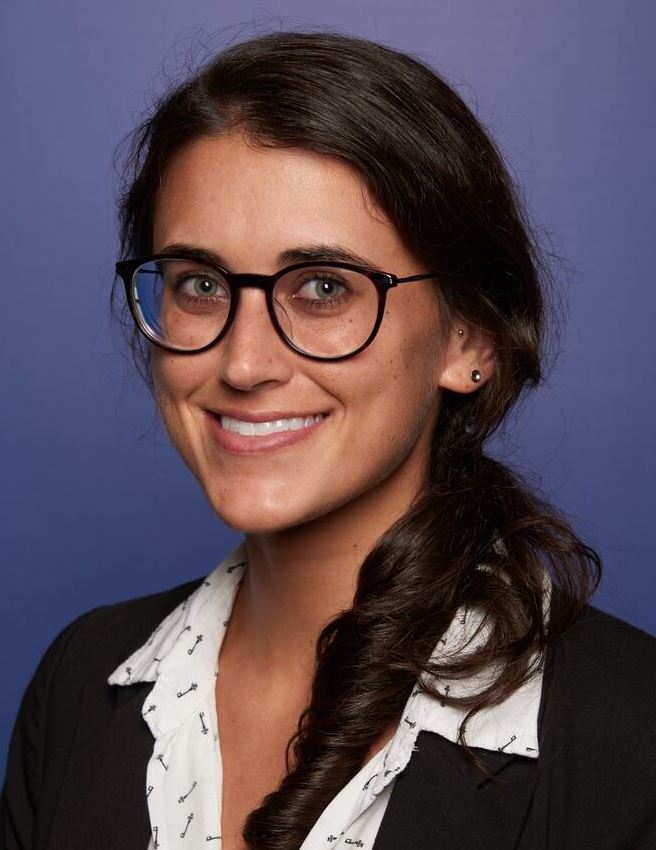Using the Planning CT Scan for Pixel-To-Pixel Corrections of Cherenkov Intensity for Dose Imaging
R Hachadorian1*, D Gladstone1,2, M Jermyn3, P Bruza1,3, R Zhang1,2, L Jarvis1,2, B Pogue1,3, (1) Dartmouth College, Hanover, NH, (2) Dartmouth-Hitchcock Med. Ctr., Lebanon, NH, (3) DoseOptics LLC, Lebanon, NH.
Presentations
SU-IePD-TRACK 3-7 (Sunday, 7/25/2021) 5:30 PM - 6:00 PM [Eastern Time (GMT-4)]
Purpose: The Cherenkov light emitted during radiotherapy provides a useful measure of the dose delivered to the patient’s superficial tissues, yet variability between patients and treated sites contributes a substantial amount of nonlinearity to the Cherenkov light-to-dose relationship. This work developed a means of correcting for patient tissue properties and highly-attenuating features (localized vasculature, areola etc.) in breast cancer patients using the planning CT. A secondary application to correct for intra-fractional changes from erythema was examined.
Methods: The average CT# was projected on a spatial mapping of the patient and co-registered to the Cherenkov image. Both 6MV/10MV beams were used in clinical treatment, and Cherenkov cameras mounted on the ceiling recorded emission images from all fractions of n = 13 patients. An updated correction model was generated to map the CT/Cherenkov light relationship, which was used to introduce point-to-point corrections of each Cherenkov image. The coefficient of variation (COV), σ/μ was used as a metric of success.
Results: Variation diminished from 30.3% to 18.8% in 6MV beams, and in 10 MV beams was reduced from 30.5% to 12.6%. The linear regression for uncorrected Cherenkov intensities with respect to dose for 6 MV beams became stronger, from R² = 0.59 uncorrected, to a corrected value of R² = 0.81, and in 10 MV beams, uncorrected R² = 0.72 was corrected to R² = 0.92, gaining substantial linearity even in highly attenuating regions. It was also shown that the background image, acquired in tandem with the Cherenkov image, could be used to correct for signal loss from erythema.
Conclusion: A substantial increase in light-to-dose linearity was introduced by calibrating for attenuation from surface-rendered CT scan image data. This was successful for both inter-patient tissue differences and challenging highly attenuating features. Lastly, a new means of correcting for inter-fractional optical changes was examined.
Funding Support, Disclosures, and Conflict of Interest: Authors Prof. Brian Pogue, Prof. M Jermyn, Prof. P. Bruza and Dr. Lesley Jarvis M.D. have competing interests with DoseOptics LLC, a company that manufactures Cherenkov cameras used to monitor radiation therapy.
ePosters
Keywords
Breast, Optical Dosimetry, In Vivo Dosimetry
Taxonomy
TH- Radiation Dose Measurement Devices: optical/photoacoustic/Cerenkov dosimetry
Contact Email



